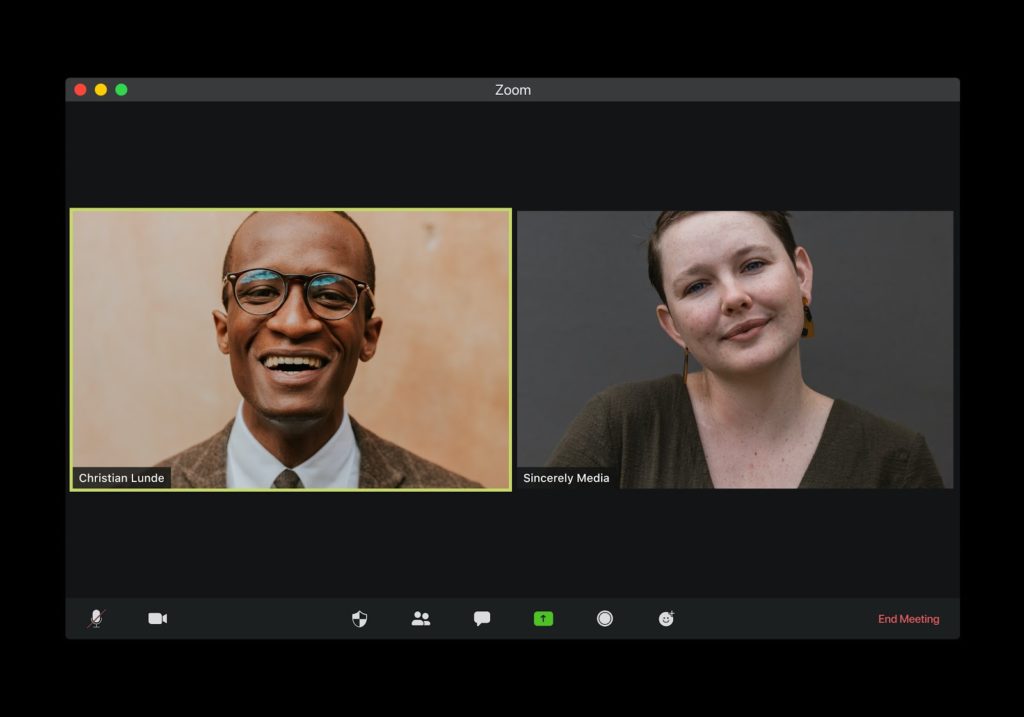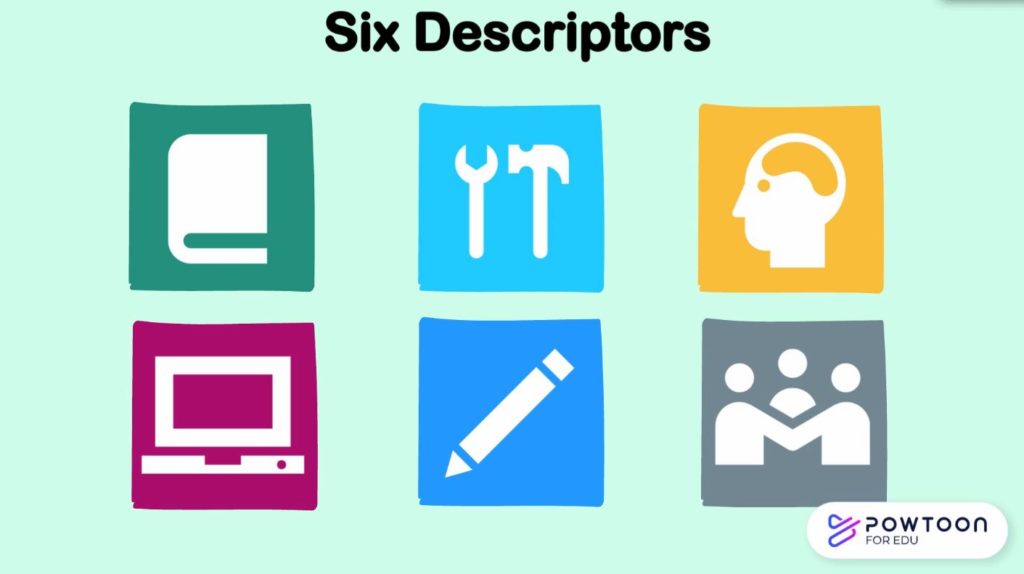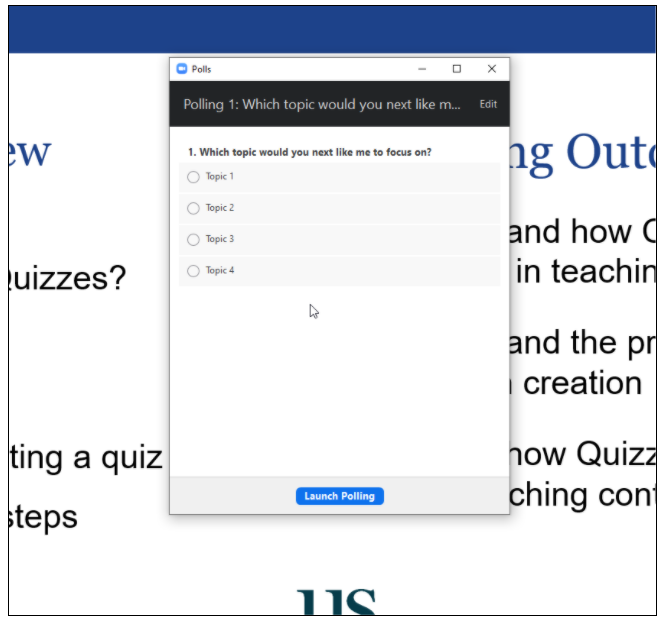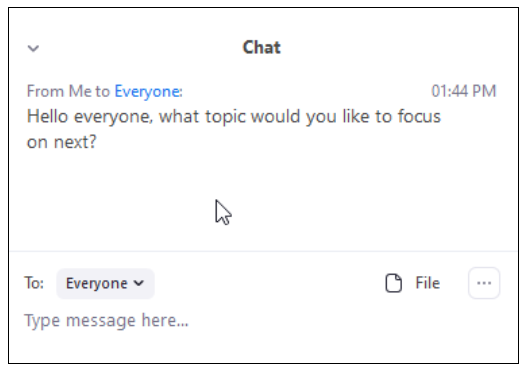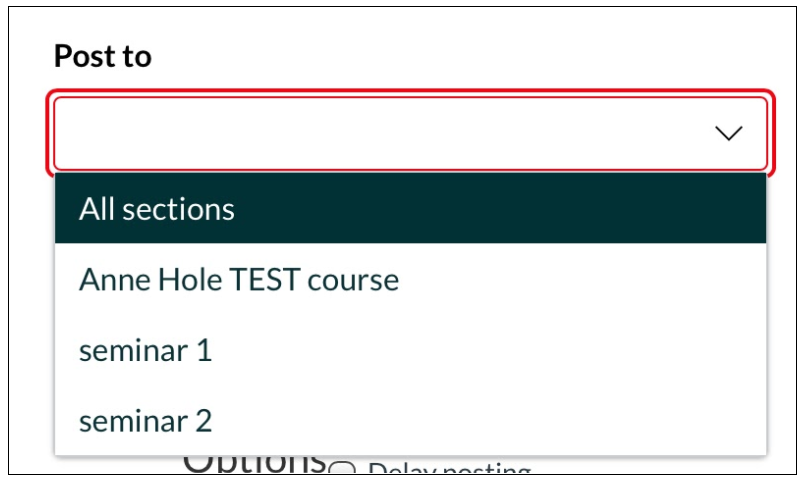Thankyou for reading this EE blog post this is representative at the time is written.

Images can add so much to a presentation or a Canvas site, to illustrate a point, supplement your words or grab viewers’ attention. But where can you find good images that don’t breach copyright?
Too many people just use a Google search to find an image and think that if it’s on the internet it’s okay to use – it’s not. Most images you will find using internet image searches are copyrighted.
It is possible to modify a Google or Flickr search to show just the images that have Creative Commons licences but there are other options. There are many sites that bring together images that are free to use, either using their own licences or CC0 (Creative Commons No Rights Reserved). Often these images will be mixed with some paid-for images to tempt you, but you can search just for the free images.
Some of our favourite sites
The image at the top of this post is from Unsplash for education which is one of our favourites, alongside Pixabay and Pexels (now both owned by Canva, the graphic design platform). Between them they have millions of images so you are likely to find something that communicates what you want.
You may also want to look at these sites which have a mixture of images including some CC0 images:
Specialised image collections
There are also many more specialized sites that curate collections of images around particular topics or themes or from particular sources.
Rawpixel public domain contains images of ‘antique books and chromolithographic plates’ alongside photos which might be particularly useful for arts and humanities.
Art museums and libraries are also great sources, with lots of great quality, free to use images if you search for CC0 or ‘public domain’. For example, you might want to look at:
- Art Institute of Chicago
- British Library on Flickr
- Cleveland Museum of Art
- Museum of Metropolitan Art, New York
If you are looking for clipart and logos without any background you might like PurePNG or Clip Safari. The Noun Project has some public domain icons amongst many CC-licensed ones, including a recent collection Redefining women icons.

Students using images
Abstract concepts can be harder to find images for than concrete objects, but often the process of finding an image that represents what you want to say helps in thinking about it, so asking students to find a free or CC-licensed image that represents a particular concept could be a useful activity. In the process, students can learn about searching for free-to-use images and how to reference them when required.
One platform which can be useful for not only finding images, but also showing how a CC-licensed image should be referenced is Photos for Class which searches Flickr, Pixabay and Pexels for Creative Commons images then embeds the citation into the image as in the example below. As the name implies these are images intended for schools, so a filter is applied to surface only age appropriate images for K-12 which may mean that you won’t always find what you want, but it’s a good way to show how a Creative Commons licensed image should be referenced (unless it’s CC0).
Further considerations and resources
Don’t forget that whatever images you use, it is essential to add alt-text for accessibility.The Digital Accessibility toolkit on the Technology Enhanced Learning web pages has lots of guidance on making all your digital materials accessible.
You can find out more about copyright in teaching materials from the library.
If you have a favourite source for free-to-use images please do share it in the comments.





